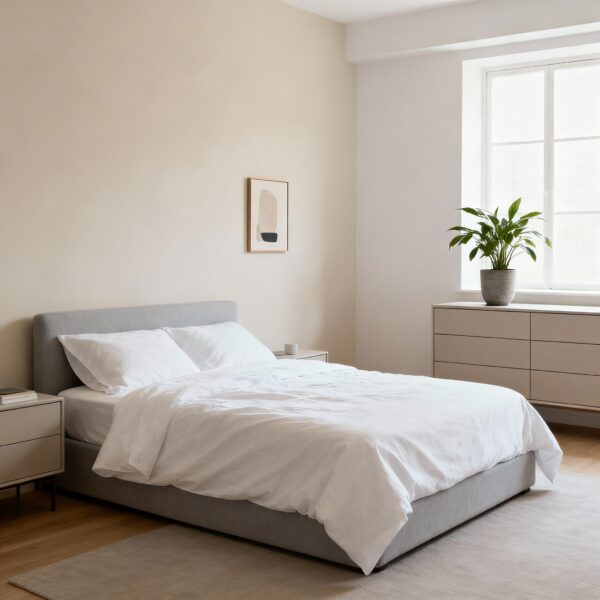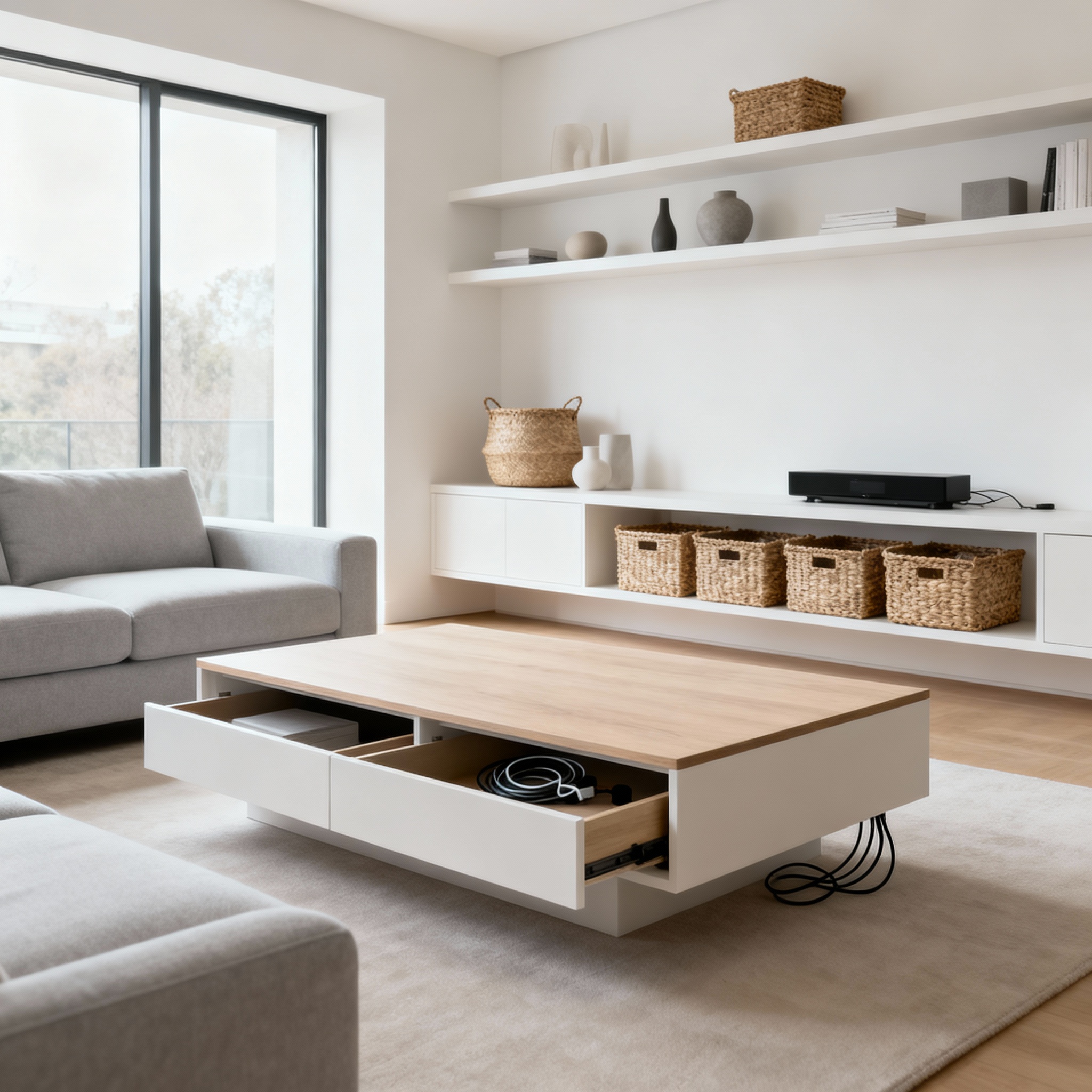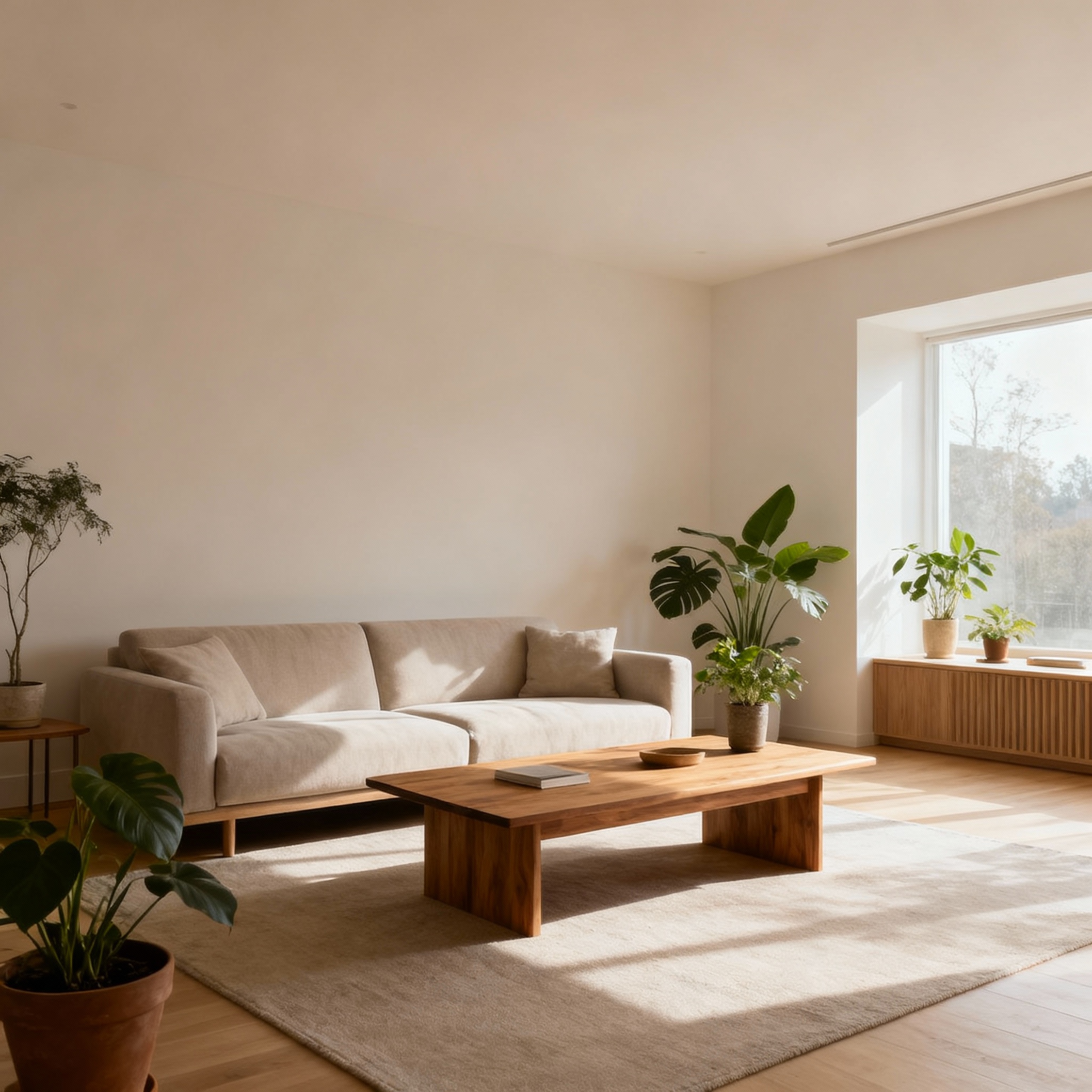Understand the Core of Minimalism
Minimalism is more than just a clean home—it’s a mindset focused on living intentionally with less. To maintain minimalism, you need to develop habits that prevent clutter buildup, promote mindful consumption, and simplify your routines. These habits help you prioritize functionality, clarity, and balance in your environment and daily life.
Habits to Maintain Clutter-Free Living
1. Adopt the “Five-Minute Tidy” Ritual
Spending just five minutes a day tidying can prevent mess from spiraling out of control. Set a timer and focus on high-traffic areas like the kitchen counter, living room coffee table, or entryway.
Put away stray items, wipe down surfaces, and quickly organize any misplaced belongings. This short, daily commitment keeps clutter from accumulating and makes cleaning less daunting over time.
2. Return Items to Their Homes Immediately
One of the simplest habits to prevent chaos is the “One-Touch Rule”: put items away the first time you touch them. Whether it’s a borrowed book, a pair of shoes, or your mail, avoid letting things linger out of place.
Design and maintain designated storage spots for all your belongings. Having a “home” to return items to ensures tidiness becomes an automatic behavior rather than an afterthought.
3. Mindful Consumption: Buy Only What You Need
Minimalism thrives on intentionality, especially when it comes to acquiring new items. Before purchasing, ask yourself if the item aligns with your lifestyle, if it’s truly necessary, and whether you have space for it.
Avoid impulse buying by waiting 24 hours before making purchases. This habit reduces unnecessary clutter and helps you curate your possessions thoughtfully.
4. Limit Paper Clutter
Paperwork is a common source of clutter. Combat it by immediately sorting mail and documents on arrival. Recycle junk mail and place important papers in clearly labeled folders.
Digitize where possible—scan bills, receipts, and other essential documents for easy storage and access. Keep your workspace clear by dealing with papers daily to prevent overwhelming piles.
5. Maintain a Regular Decluttering Schedule
Minimalism is an ongoing process. Scheduling regular decluttering sessions—monthly or quarterly—helps you reassess your belongings and ensure items are still useful and meaningful.
During these sessions, revisit spaces prone to clutter, such as closets, drawers, and kitchen cabinets. Decide what can be donated, sold, or recycled to maintain an organized home.
6. Create a Daily Cleaning Routine
Integrating light cleaning into your daily routine keeps your home welcoming and tidy. Tasks like dishwashing, wiping counters, and sweeping can be accomplished in short bursts.
Keeping surfaces clean and floors free of debris greatly enhances minimalism’s aesthetic and functional benefits.
7. Prioritize Quality Over Quantity
When you replace possessions or add new items, choose quality that lasts. Durable objects reduce the need for frequent replacements that contribute to clutter.
Investing in versatile, well-made items supports minimalist principles by reducing waste and promoting longevity.
8. Practice Mindful Gift-Giving and Receiving
Gifts can either add joy or clutter. When accepting gifts, only keep those that suit your minimalist lifestyle or hold significant sentimental value.
Likewise, communicate your preferences to friends and family about meaningful or experiential gifts instead of material possessions that may not align with your space or values.
9. Use Multipurpose and Space-Saving Items
Select furnishings and gadgets that serve multiple functions, such as a fold-out desk or nested storage containers.
Multipurpose items reduce the total number of belongings you need, making organization simple and efficient.
10. Reflect Regularly on Your Progress
Minimalism requires mindset shifts that deepen with practice. Take time weekly or monthly to reflect on how your habits are influencing your space and well-being.
Journaling your experiences, challenges, and successes can help solidify changes and motivate continued commitment.
Practical Tips for Upholding Minimalism
-
Keep Flat Surfaces Clear: Clean counters and tables immediately improve the feel of your home and reduce visual clutter.
-
Simplify Your Wardrobe: Maintain a capsule wardrobe with versatile, essential pieces to reduce decision fatigue and laundry loads.
-
Set Limits: Impose limits on particular categories like shoes, books, or kitchenware to avoid accumulation.
-
Digital Minimalism: Reduce digital clutter by organizing files, unsubscribing from unnecessary emails, and limiting notifications.
-
Make It Easy: Arrange storage for convenience and accessibility so tidying requires little effort.
Benefits of Maintaining Minimalism Daily
Consistently maintaining minimalism offers numerous benefits beyond a tidy home:
-
Reduced Stress and Anxiety: Clearing clutter can soothe the mind, creating a sense of calm and control.
-
More Time: Less time spent cleaning and searching for things gives you more moments to enjoy life.
-
Financial Savings: Mindful consumption reduces impulse purchases and waste.
-
Improved Focus: A clean environment fosters clarity and productivity.
-
Sustainability: Less consumption and waste benefits the environment.
Overcoming Challenges
Minimalism maintenance isn’t without obstacles. Life changes, busy schedules, and sentimental attachments can cause clutter to creep back. Combat this by:
-
Engaging household members to cultivate shared routines
-
Using reminders and checklists
-
Accepting that progress is gradual, and small setbacks are normal
Conclusion
Maintaining a minimalist home is about establishing gentle, consistent habits that nurture simplicity and organization. By integrating these daily practices, you protect your sanctuary from clutter’s chaos and enjoy the freedoms minimalism promises.
Minimalism is a lifestyle of intentional living that flourishes through awareness and thoughtful actions. Embrace these habits, and your home will continue to reflect peace, purpose, and clarity every single day.



